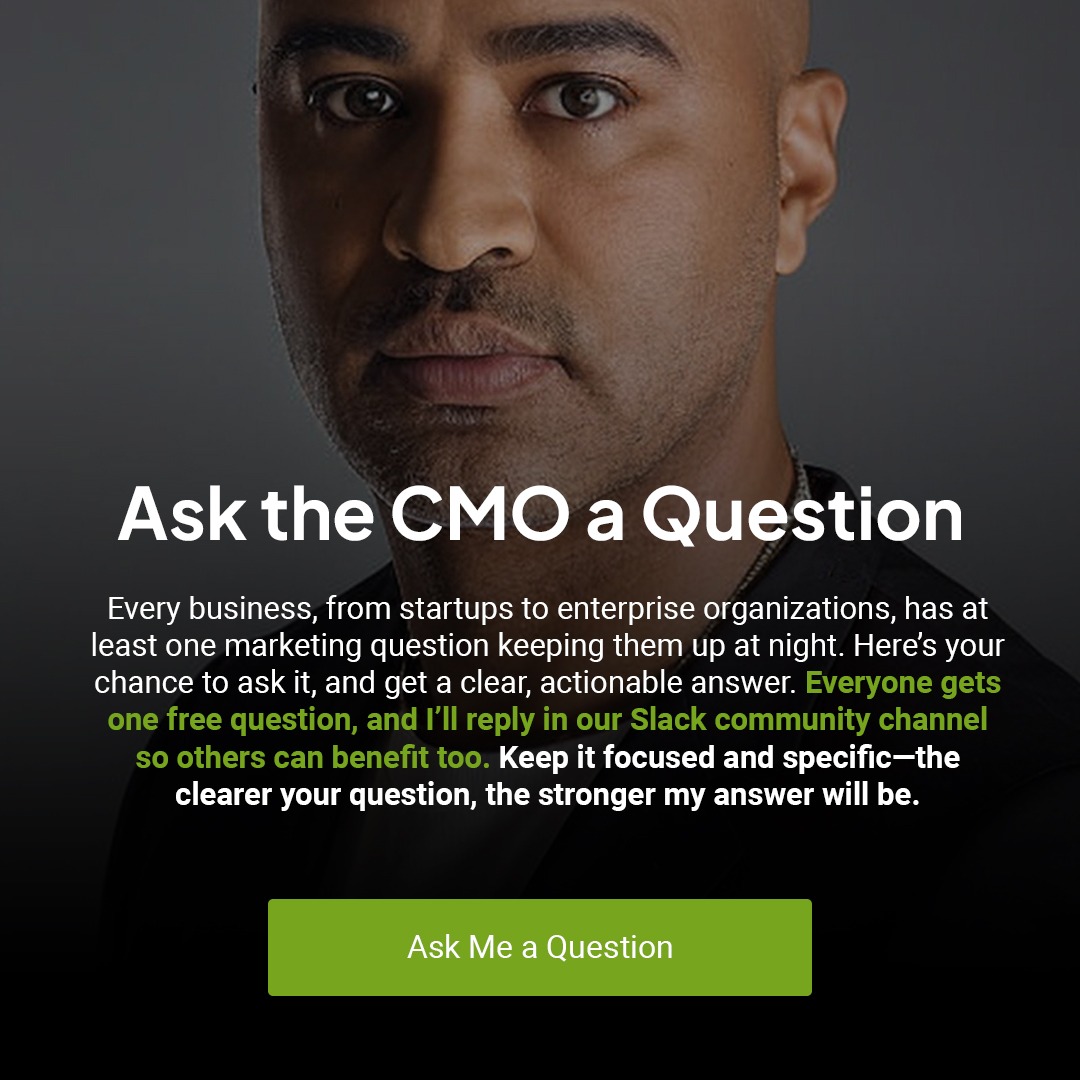On Monday, October 20, 2025, Amazon Web Services experienced a major incident centered in its US-EAST-1 region. The problem began in the early morning hours Eastern Time and manifested as DNS resolution trouble plus a fault tied to the internal health monitoring of network load balancers—arcane details, but the business consequence was simple: many apps couldn’t reliably log people in, move data between services, or complete purchases. By evening, AWS said services were back to normal, though some queues took longer to drain.
The blast radius was wide because so much of the modern internet runs through a handful of cloud regions. Snap, Reddit, Zoom, Venmo, Fortnite, and Signal were among the brands reporting disruption; Amazon’s own consumer experience (Alexa, Ring, Prime Video) saw knocks; airlines and banks reported issues in pockets; and the effect was felt from North America to Europe and Asia. Several outlets described this as the most visible cloud wobble since last year’s CrowdStrike fault—not because it lasted forever, but because of how many everyday transactions suddenly felt brittle.
WIRED’s framing is useful for non-engineers: DNS trouble in a concentrated cloud footprint is a long-standing weakness. When the front-door directory that tells apps “where to go” misbehaves inside a region, the symptoms cascade: sign-in hangs, APIs time out, carts empty, and automated systems hammer away with retries that make matters worse. That’s exactly the pattern reporters captured on Monday.
Who was hit, and how that turned into money
Names varied by hour, but the list across the day included Snapchat, Reddit, Fortnite/Epic, Perplexity, Airtable, Canva, Zapier, Zoom, Venmo, Coinbase, Robinhood, United Airlines, and more—including pieces of Amazon itself like Alexa and Ring. Any brand in that orbit felt some mix of login delays, checkout failures, messages stuck in transit, or timeouts. None of that needs a computer science degree to understand: if identity blinks and payments cough, revenue coughs with it.
Quantifying the exact damage in real time is hard, but the range is clear enough to matter. Same-day coverage tallied thousands of affected apps and sites and tens of millions of users seeing errors. Analysts and tech press put the aggregate, multi-industry cost in the billions once you add lost transactions, ad spend burned during brownouts, SLA credits, overtime in support, and the loyalty “make-goods” companies issue to keep churn down. If you run a startup or mid-sized business, you won’t wear the whole number—but you’ll feel your slice: lower conversion that day, higher refunds that week, and a softer renewal conversation next month.
What founders and growth leaders should think about (without turning into a CTO)
Start with the customer’s experience and the cash register. During a platform-level wobble, your job isn’t to “fix the cloud.” Your job is to reduce frustration, save the intent, and make people whole. That means slowing down the parts of your go-to-market that create pain and speeding up the parts that preserve trust and future revenue.
If the outage is live or just passed, stop pushing hard promos and high-pressure countdowns until you know login and payment approval rates are back to baseline. Driving more traffic into a shaky experience doesn’t create revenue; it creates negative word of mouth and ticket volume you’ll pay to mop up. This is where your brand’s voice matters: a simple, timestamped banner that says which features are safe and when you’ll update people again reads like competence, not weakness. The outlets covering the outage emphasized how fast speculation fills a vacuum; your timestamps prevent that speculation on your channels.
Next, save the session. If the checkout path misbehaves, offer “Save my cart and email/text me a secure link when you’re back.” If sign-ups are stalling at verification, let people reserve their spot with a single field and send them a finish-sign-up link later. You’re converting lost transactions into first-party audiences, and you can close the same week when systems stabilize. This is the cheapest revenue you’ll recover after an outage because the intent already existed.
Communicate like a grown-up with customers and investors. Keep adjectives out and times in. “From 9:10–11:45 a.m. ET, some customers couldn’t log in or complete checkout due to an upstream cloud issue. All core services are now operating normally. We’ll publish a short recap by Friday and are extending trials/credits for anyone affected.” Your board slide can be just as short: impact window, affected funnels, what you did for customers, and how much you expect to recapture from saved sessions and remarketing.
On the financial side, assume ad waste during the window. If you were spending on performance media while conversions sagged, annotate that period in your analytics so your models don’t punish the channel in November for a cloud event in October. When you restart spend, ramp in steps and watch two numbers in tandem: conversion rate and payment approval rate. If either lags, stay patient. It’s better to hit plan two days later than to set next month’s CPA on fire.
Finally, do the small, human things that compound trust. A modest, automatic make-good—extra usage credits, a week added to a trial, a shipping upgrade—moves sentiment more than a paragraph of apology copy ever will. You’ll spend less on refunds later, and you’ll keep renewals from turning into renegotiations.
How Amazon can recover the narrative—and why that matters to you
Amazon will take heat from politicians and the press, but the path back is familiar: clear, timely post-incident reporting; plain-English explanations of what failed and what will change; and visible investment in resilience where customers felt the pain. The Guardian’s live coverage captured both the widespread impact and the early questions about over-reliance on a few cloud providers; expect regulators to probe concentration risk and for Amazon to lean into transparency, tooling, and customer credits in response. When the platform owner models grown-up communication, it gives every company that runs on them cover to do the same.
AWS has also weathered this kind of cycle before. Business Insider and Reuters both noted how quickly service restoration progressed through the afternoon and how investor confidence barely wobbled. That’s not a pass; it’s a signal that the market expects outages to happen and judges providers by the speed and candor of their recovery. If you mirror that posture with your own customers, you’ll find they grade you the same way.
If your customers lost money because of you (downstream), here’s how to own it
Even when the root cause sits inside AWS, responsibility for your customer’s experience sits with you. Treat the outage like a flight delay: you didn’t control the weather, but you control how passengers are treated.
Start with a one-page recap within a few days. Write it for humans: what happened, who was affected, what’s back to normal, what you’re doing to reduce friction the next time “the broader internet” wobbles. Don’t over-promise technical remedies; over-deliver on service remedies.
If specific customers incur costs—rush fees, missed windows, failed marketplace orders—make them whole proactively where reasonable. Pro-rating, credits, or a one-time account adjustment cost less than the churn that silence creates. For B2B accounts, give sales and success a pre-approved offer menu so they don’t improvise discounts that ruin your gross margin.
Then, reset the week. Email the people who saved a cart or half-completed sign-up with a clean link and a modest motivator to finish. Post a short “we’re back” update, pin it, and leave it up for 48 hours so latecomers have context. Mark the outage hours in analytics and your board pack so the dip has a label. You are not trying to erase the event—you are proving your operating maturity in how you close it.
The bigger lesson: concentration risk is now a marketing problem
A cloud outage reminds us how concentrated the internet is every few years. The Verge’s timeline and app list make that visceral; Reuters’ reporting on the load-balancer health and DNS angle explains the root cause succinctly. You don’t need to architect multi-cloud failovers to be a good steward of your brand and quarter. You need to remember that trust is part of distribution. Communicate early, capture intent, compensate quickly, and close the loop. Do those four things and you’ll often see a net-positive lift in loyalty in the weeks after a headline like this.
Keep Reading
Want more? Here are some other blog posts you might be interested in.
Confusing a launch plan with a GTM strategy is one of the fastest ways to stall growth. A launch plan gets ...
On Monday, October 20, 2025, Amazon Web Services experienced a major incident centered in its US-EAST-1 region. The problem began in ...
There is a certain kind of account that arrives wrapped in urgency and praise. They hire you because you are the ...
For founders and growing companies
Get all the tips, stories and resources you didn’t know you needed – straight to your email!



